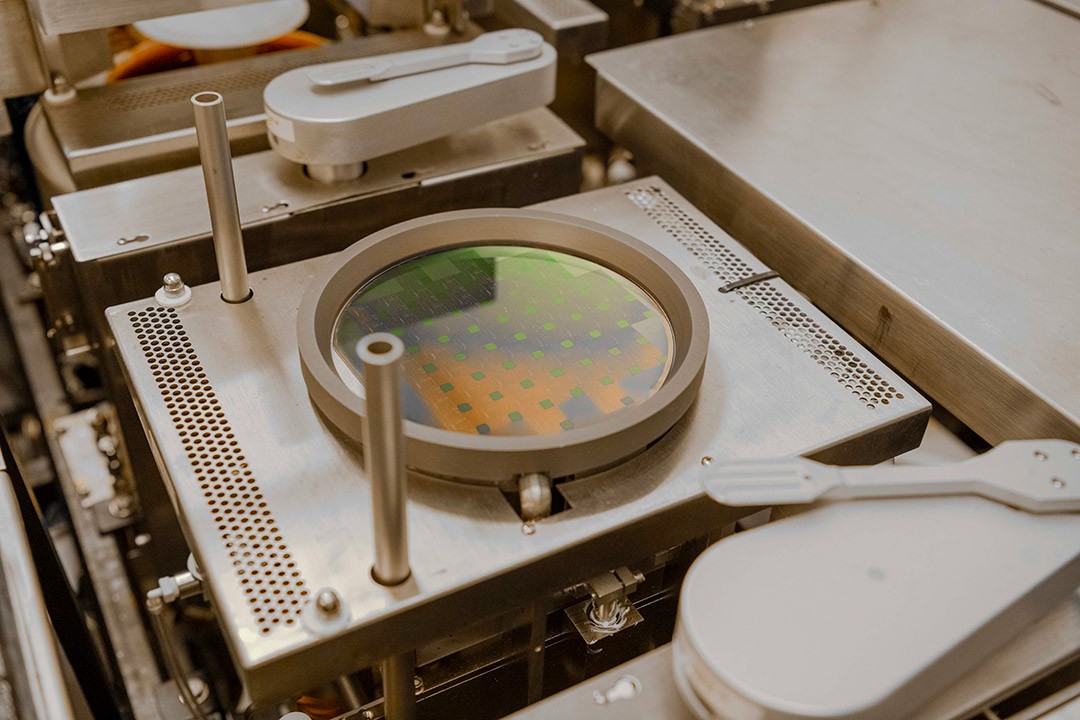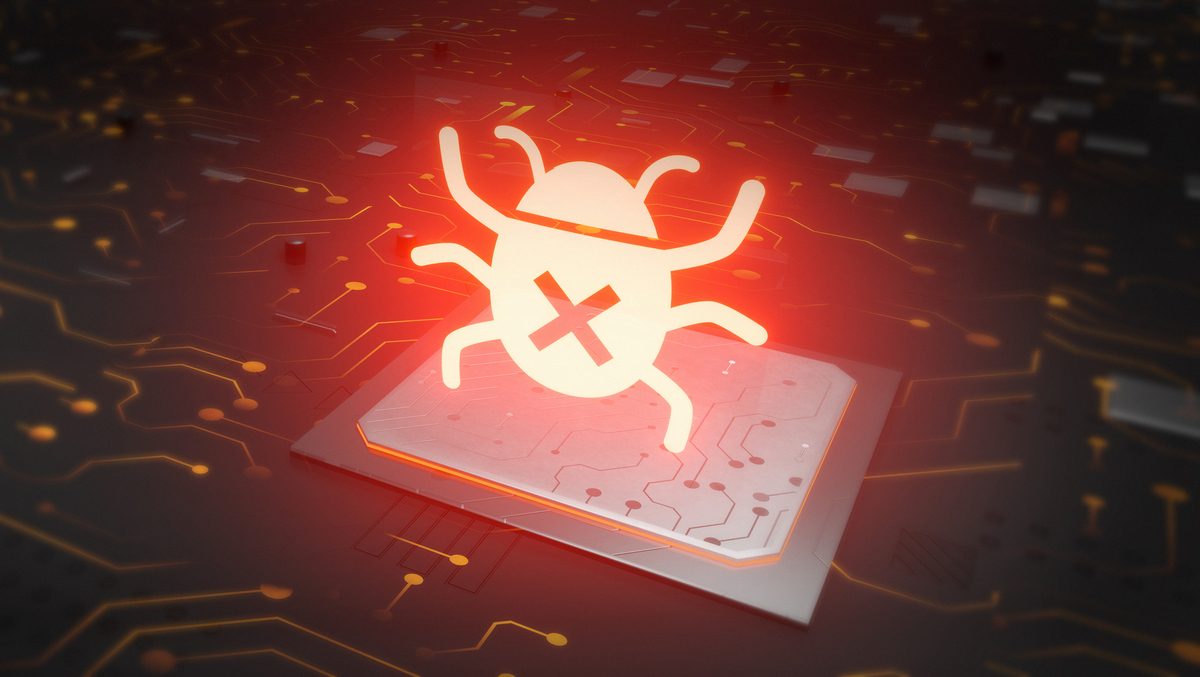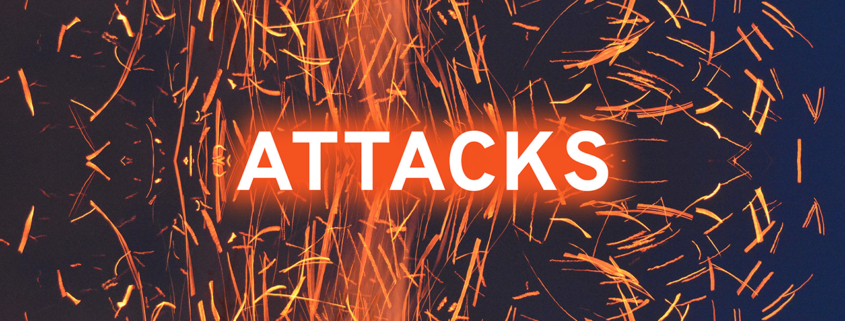Engineering faculty-researcher awarded grant to decrease computer chip vulnerabilities
Michael Zuzak, a faculty-researcher at Rochester Institute of Technology, is one of a growing field of engineers looking to improve computer chip security during manufacturing. Current solutions focus on securing specific regions of the chip design. This leaves the larger architecture vulnerable to compromise. Zuzak’s work to secure the entire chip could prevent piracy and help protect intellectual property.
“To get chips fabricated, you have to send the entire design to the manufacturer. Ultimately what we want to protect is what the company considers high value. We want to allocate security to more sensitive, unique parts of the system. The hope is that we will have the ability to prevent intellectual property theft during the entire semiconductor fabrication,” said Zuzak, an assistant professor of computer engineering in RIT’s Kate Gleason College of Engineering.
Zuzak received a two-year National Science Foundation grant to use the developmental practice of logic obfuscation to enable system-wide security during the manufacturing and testing of integrated circuits, also referred to as computer chips.
Global manufacturing companies mass produce integrated circuits. For fabrication, these companies are given extensive design files that can be counterfeited, pirated, or modified. This threatens “high-trust” applications such as healthcare and defense. Logic obfuscation was developed to mitigate threats. The proposed project will develop a design space modeling framework to automatically identify obfuscation configurations capable of system-wide security.
Zuzak is an expert in hardware security and methods to design and manufacture secure and reliable electronic systems. Hiding functionality during the production process is a way to ensure that the design cannot be modified or counterfeited.
“We’ve gotten very good at locking specific parts of the chip. What I am looking at is how we distribute obfuscation optimally throughout the full system to secure it as a whole rather than just specific modules within the chip,” said Zuzak, who is developing AI-driven algorithms to perform security assessments of the physical design that are resistant to…



